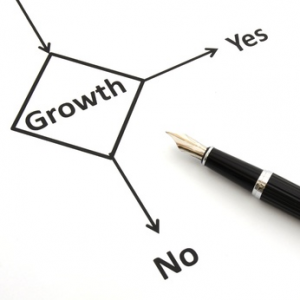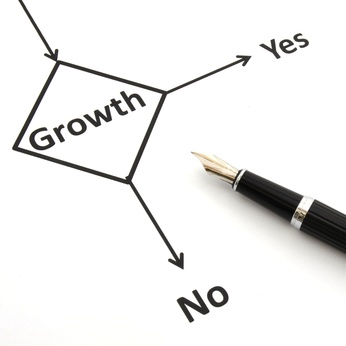 Operational system development is vital for the small business entrepreneur yet it seems to be the least discussed aspect of a successful enterprise. With limited resources, such as time, money, and staff, to assist with day-to-day operations, running your business as efficiently and effectively as possible is important. Unfortunately, any business not operating efficiently will soon find themselves out of business.
Operational system development is vital for the small business entrepreneur yet it seems to be the least discussed aspect of a successful enterprise. With limited resources, such as time, money, and staff, to assist with day-to-day operations, running your business as efficiently and effectively as possible is important. Unfortunately, any business not operating efficiently will soon find themselves out of business.
The operational system that works best for your business depends upon several factors including your business model, the products and/or services offered, and your personal operational style. Regardless of your individual situation, there are a number of systems to address to keep your business running smoothly.
Financial Management. Although this may be considered the most “painful” part of your business, it actually keeps you in business when it’s well managed. Establish a system that allows for effective inventory control, cash management, and accounting information. Add a Certified Public Accountant (CPA) to help you understand financial statements and you have a winning combination. (For more information, ask me about the Accounting and Financial Growth Assessment.)
Legal Management. You likely will not need an in-house attorney for your growing business; however, its important to have a trustworthy business attorney on retainer to make sure your business has the proper legal protection. This includes business license and/or permits, legal agreements with clients, subcontractors and/or suppliers, and trade secret protection through copyrights, trademarks, and/or patents.
Business Management. Who keeps the business functioning day-to-day and plans for its future? Why, you do, of course! Keeping one eye on today and the other focused on the future is a tall order given your many responsibilities yet it’s vital to your success. Analyzing critical data, measuring it against your projected goals, and tweaking your strategic plan keeps you focused and on track.
Marketing Management. Consistently getting the message out to your target audience can be challenging for the small business entrepreneur. Like many entrepreneurs, the day ends before your “to do” list. By systematizing your marketing efforts, you’ll be assured your business is at the forefront of your market place without fail.
Office Management. Who would imagine that office operations could be transformed into a competitive advantage? The proper equipment, software, and supplies significantly reduces costs and increases performance (fewer errors, faster service delivery, etc.) so you can function as a first-class operation.
Resources invested in developing your operational systems pays dividends in saving time, reducing your stress, making it easier to manage the many aspects of your business, trimming unnecessary cost and waste, and ensuring your time is spent where you gain the greatest payoff – in front of your clients.


 Our friends recently went through an extensive process as they designed their dream home. They spent countless hours pouring over drafts, drawings, pictures, and concepts to ensure their new home reflected their vision and aspirations. There were meetings with designers, contractors, city planners, and neighbors. It was a grueling process, as you know if you’ve traveled down that road. However, the result of a home that reflected their true essence was well worth the journey!
Our friends recently went through an extensive process as they designed their dream home. They spent countless hours pouring over drafts, drawings, pictures, and concepts to ensure their new home reflected their vision and aspirations. There were meetings with designers, contractors, city planners, and neighbors. It was a grueling process, as you know if you’ve traveled down that road. However, the result of a home that reflected their true essence was well worth the journey!


 Technology has redefined the marketplace, altered business strategies, and allowed small business to compete on a global scale. The information revolution has definitely transformed the business environment. In order to compete and flourish, small business entrepreneurs need strategies to gain new skills.
Technology has redefined the marketplace, altered business strategies, and allowed small business to compete on a global scale. The information revolution has definitely transformed the business environment. In order to compete and flourish, small business entrepreneurs need strategies to gain new skills.


 If you’ve flown on a commercial airline, you’ve heard the flight attendants provide the safety instructions. Although most airline passengers zone out during this time, the airlines have it right when they tell you to “put your own mask on first before assisting others”.
If you’ve flown on a commercial airline, you’ve heard the flight attendants provide the safety instructions. Although most airline passengers zone out during this time, the airlines have it right when they tell you to “put your own mask on first before assisting others”.